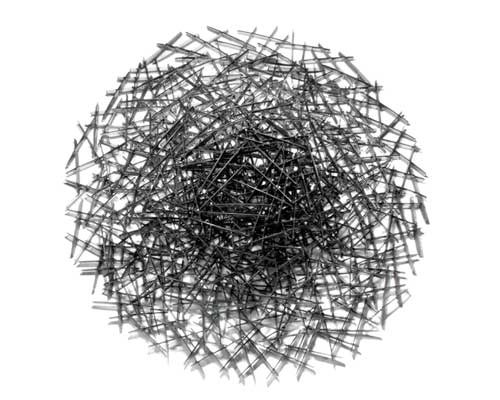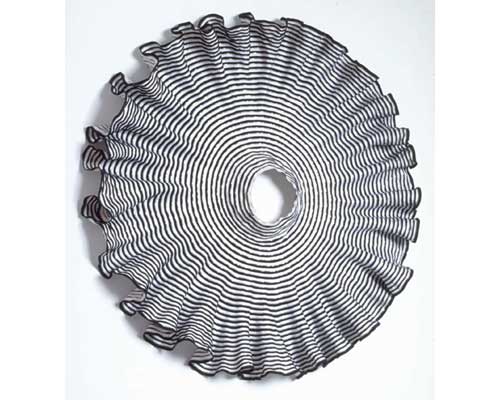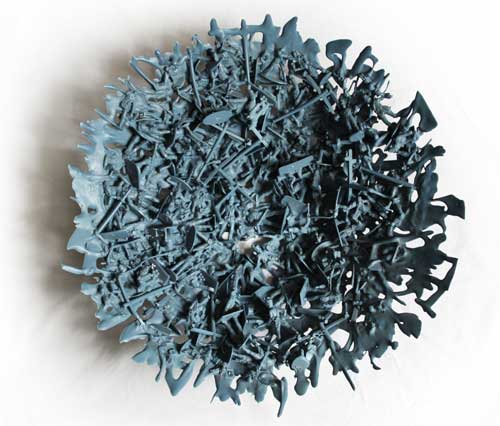
Full Circle
Industrialization is often blamed as the demise of craft. The ability to produce functional objects more quickly and efficiently shifted the place of craft and the handmade object in modern times. As it became less essential for those who create with their hands to make tableware, textiles or furniture, object-making shifted within and outside of the craft arena to include the production of utilitarian-based forms. Societal needs shifted to different places on Abraham Maslow’s hierarchy of needs. Conceptual practice merged with craft, resulting in a contestatory relationship that continues to percolate to this day.
This shift is particularly problematic today for those who choose to work in one of the five historically defined craft media: wood, glass, metal, fiber and clay. The academy today provides a menu of offerings to students in visual art disciplines. Whether you study art, craft or design, you can add clay and performance or embroidery and computer animation to your repertoire of making skills. Promiscuity with materials, techniques and concepts prevails as artists have – and continue – to actively cross the boundaries between visual arts disciplines.

In early 2006, Steven Skov Holt and Mara Holt Skov first proposed a project that evolved into this exhibition and the accompanying publication. Manuf®actured: The Conspicuous Transformation of Everyday Objects is a focused critical study of an emerging class of objects created by artists, craftspeople and designers who are working with rather than against industrialization and globalization. Consumer desires made consumption go global, a problematic process for a number of reasons, including the demise of regional identity. The 15 international artists included in this exhibition, however, reveal a significant shift in the relationship to such globally available goods that counters homogeneity in a surprising way. Mara and Steven define this cultural shift as manuf®acturing, a process through which makers use banal and abundant industrially-produced objects as their raw materials, seamlessly merging techniques and processes drawn from art, craft and design to create uniquely hand-made work.

Thus, as our guest curators have identified, the conversation comes full circle. The hand and machine work together, and the visual arts are merged into a single practice. Importantly, the artists included in this exhibition call our attention to new materials and ways of working. Through careful curatorial selection, this exhibition also reveals how manuf®acturing returns our attention to traditional craft forms: the bowl, teacup, dress, comb, light fixture, rug and chair. Here, utilitarian-based forms remain conceptual, not functional, but their creators are visibly operating from within rather than against industrialization.
Museum of Contemporary Craft thanks Mara and Steven, the participating artists, craftspeople and designers, and Chronicle Books for their collaborative vision and work beyond the call of duty that made this exhibition and accompanying publication possible. As a museum that engages craft as a richly diverse subject of study, this exhibition reveals one of the many new and exciting ways in which craft prevails in contemporary culture.
